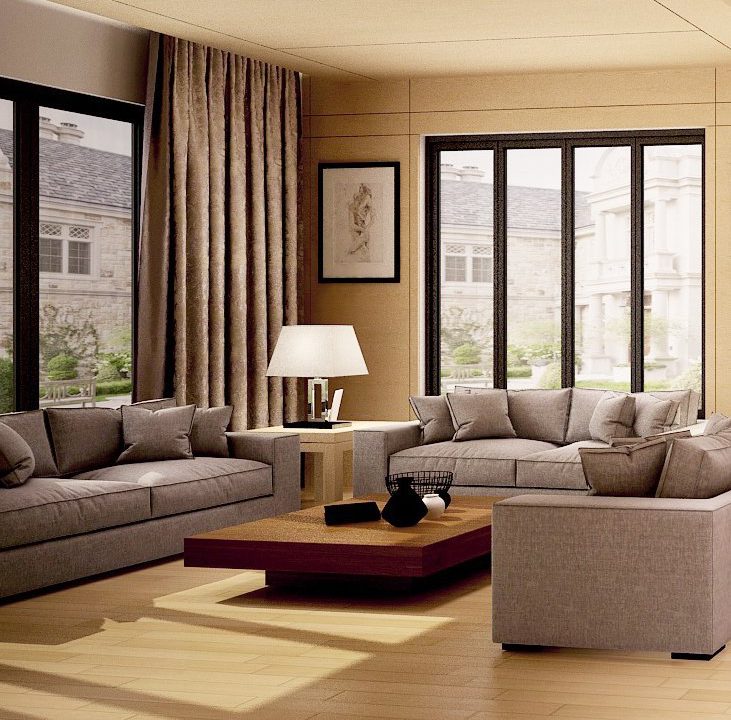
Sealed and insulated installation of windows
Sealed and insulated installation of windows is viable in two and three-layer walls which have been thermally retrofitted. It is not possible in walls made from a single, solid layer. This is so, because windows extend the wall’s thermal insulation if installed directly within it.
A sealed and insulated installation of windows essentially involves building three layers. The outer layer is vapour-breathing which helps remove moisture from the indoor environment. It also prevents ingress of water vapour to the indoors. It is made with water-vapour tapes or film. The central layer is made of polyurethane foam or mineral wool. For the inner layer (which is facing indoors), vapour-breathing film is installed which prevents ingress of moisture from the building interior into the caulking foam; it is critical in that a wet caulk loses its thermal insulating performance. Note that caulking foam products provide thermal insulation and a sound-proofing barrier. Sealed and insulated installation is especially recommended for low-energy windows.
What does a sealed and insulated installation of a window look like?
Only a good sealed and insulated installation of windows will provide the intended benefits. The steps are as follows:
1. The window opening should be slightly larger than the window frame outline to provide a correct expansion joint. The window opening must be finished neatly and true to provide straight and smooth edges.
2. The window opening inner surfaces must be primed before setting the window within them.
3. Apply the vapour-breathing tape to both sides of the window frame.
4. Use dowel bars and anchors to fasten the window within the window opening (true to the vertical and the level).
5. Apply the outer tape to the building wall.
6. Completely fill the gap between the frame and the wall with caulking foam.
7. Apply the vapour-breathing tape to the internal side of the wall.
8. The last step is to finish-trim the window opening.








